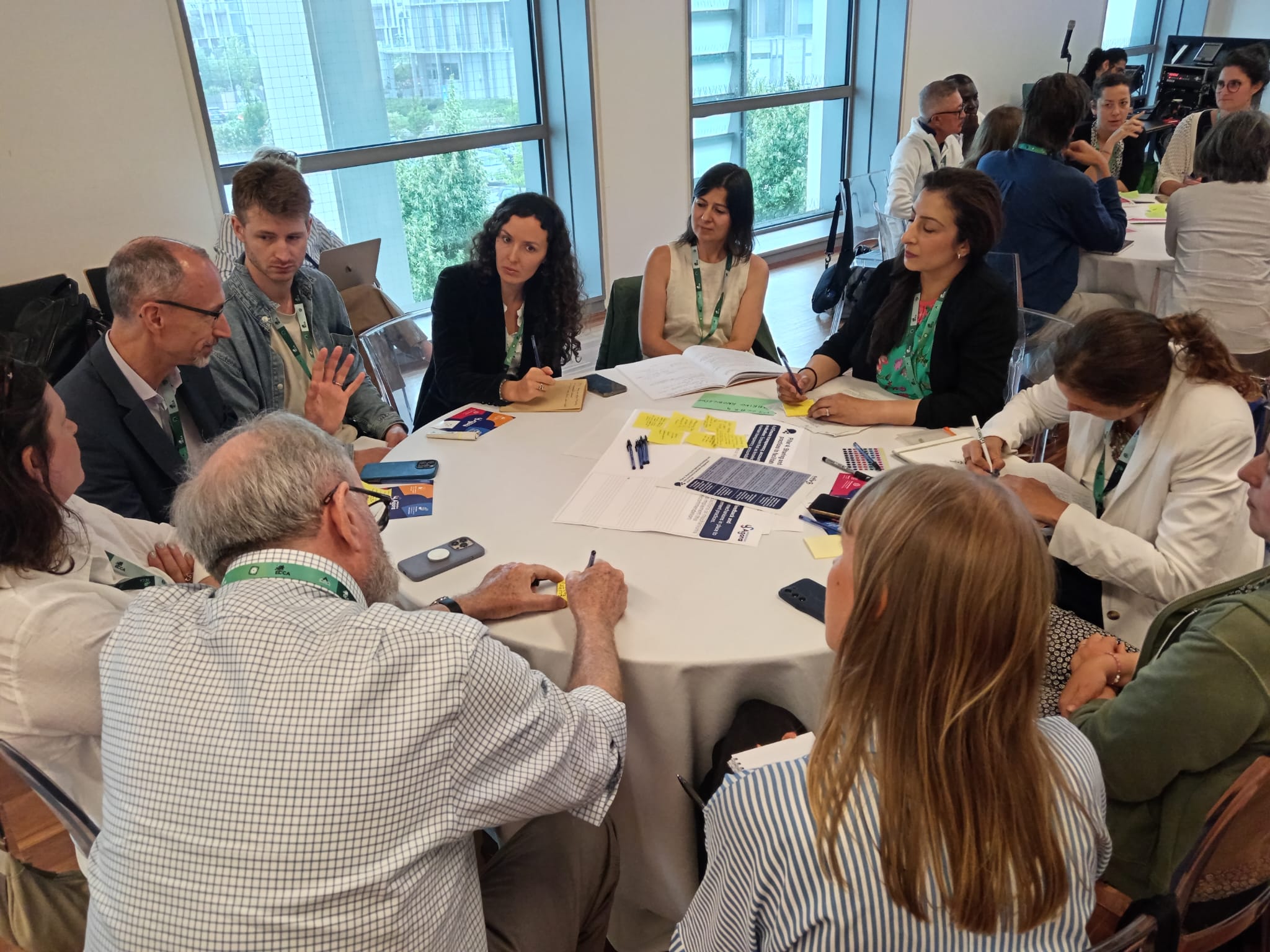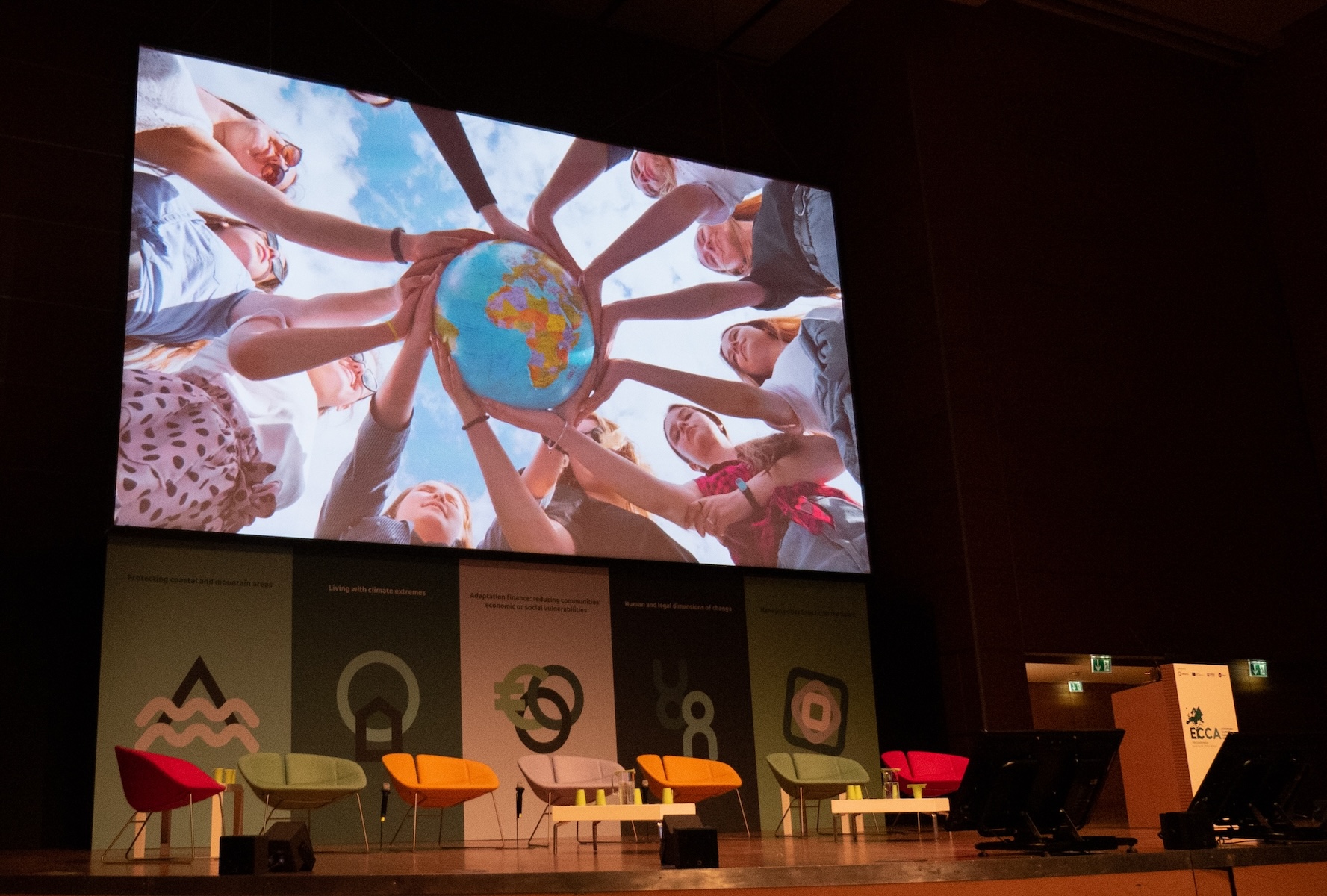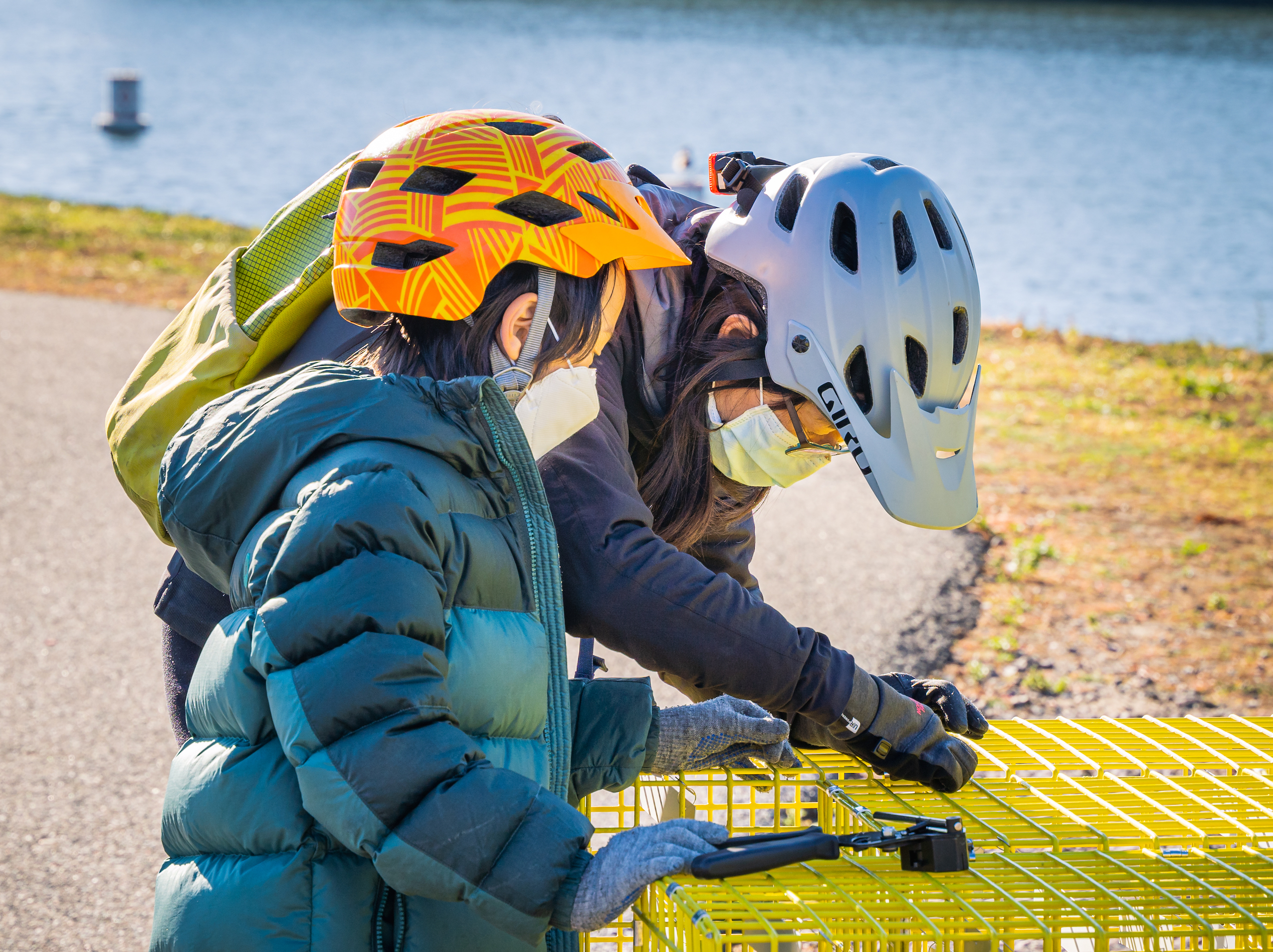“Ladies and gentlemen, the ship has reached the shore,” said Rena Lee of Singapore, UN Ambassador for Oceans and Law of the Sea Issues. Lee is the President of the United Nations Intergovernmental Conference on Marine Biodiversity of Areas Beyond National Jurisdiction (BBNJ), that in the late evening of March 4 2023, after hours of overtime discussions led to the announcement of the Treaty of the High Seas. Lee was overwhelmed with emotion as the room full of delegates applauded the end of the talks and an agreement between all parties on the text of the landmark treaty.
The Treaty will allow for the establishment of large-scale marine protected areas to safeguard the ocean, tackle environmental degradation, fight climate change, and prevent biodiversity loss. “In Singapore, we like to go on learning journeys, and this has been the learning journey of a lifetime,” Lee said.
The historic agreement comes after almost twenty years of discussions between member states, and it is crucial to protect marine biodiversity, meeting the so-called 30×30 target of the Kunming-Montreal Global Biodiversity Agreement to protect at least 30% of the ocean by 2030.
The implications of the Treaty are manifold as it will: enable environmental impact assessments in regions beyond international jurisdiction, which account for two-thirds of the entire ocean; organize the exploitation of marine genetic resources in a way that benefits all countries; support developing countries by fostering capacity-building and marine technology transfer, and by setting up an equitable mechanism for sharing the potential benefits of marine genetic resources.
A warm welcome
“This is an important step to protect our oceans,” tweeted UN Secretary-General António Guterres, applauding member states for having finalized a “breakthrough” text for the protection and conservation of ocean areas beyond national jurisdiction.
“This action is a victory for multilateralism and for global efforts to counter the destructive trends facing ocean health, now and for generations to come,” said Guterres through his spokesperson a few hours after the agreement was met, adding that the treaty is crucial for addressing the triple planetary crisis of climate change, biodiversity loss and pollution.
I’m extremely encouraged that countries have agreed on the UN legally binding instrument to ensure the conservation and sustainable use of marine biological diversity of areas beyond national jurisdiction.
This is an important step to protect our oceans.
— António Guterres (@antonioguterres) March 5, 2023
Following the announcement, other members of the international community have also expressed their satisfaction and stressed the role that multilateralism and international cooperation played in the successful outcome of the negotiations.
Michael Imran Kanu, head of the African Group and ambassador and deputy permanent representative to the UN for legal affairs of Sierra Leone, had expressed concerns during talks over the fair and equitable sharing of benefits. However, as reported by The Guardian, he then said: “We really achieved amazing results”. In a tweet, he welcomed the adoption of “a fair, equitable and universal treaty, with its core objectives of conservation & sustainable use of marine biodiversity.”
“This is a massive success for multilateralism. An example of the transformation our world needs and the people we serve demand,” tweeted Csaba Kőrösi, President of the 77th session of the UN General Assembly.
“We are really happy. The world is so divided and to see multilateralism supported is so important,” said Veronica Frank, political adviser for Greenpeace.
“This is a historic day for conservation and a sign that in a divided world, protecting nature and people can triumph over geopolitics,” added Laura Meller, an oceans campaigner for Greenpeace Nordic.
We did it!
Governments at @UN finally secured a Global Ocean Treaty that will protect our oceans!
This victory reminds us that taking action makes a difference and that people power works!#ProtectTheOceans #IGC5 pic.twitter.com/cJo25Am5Uu
— Greenpeace International (@Greenpeace) March 6, 2023
“What happens on the high seas will no longer be ‘out of sight, out of mind,” said Jessica Battle of WWF. “We can now look at the cumulative impacts on our ocean in a way that reflects the interconnected blue economy and the ecosystems that support it.”
As reported by Carbon Brief, Nichola Clark of the Pew Charitable Trusts, an independent non-profit NGO, said: “I think it’s really exciting that they’re setting up a brand new body. It’s got a good and robust institutional structure to really help make sure that this agreement is an active agreement and states are actively using it to implement and achieve the objectives of conserving and sustainably using biodiversity in the high seas.”
Virginijus Sinkevičius, the European commissioner for the environment, ocean and fisheries, described the agreement as a “historic moment for the ocean”. With the adoption of the treaty, “we take a crucial step forward to preserve the marine life and biodiversity that are essential for us and the generations to come,” he said. “I am very proud of our outcome.”
Actress and activist Jane Fonda celebrated the result on her Twitter account, where she urged world leaders to deliver “a Treaty to protect 30% of our global oceans”, calling it a “chance to make history”.
WE DID IT! Yesterday, on March 4th, 2023, after years of talks, delay and emotional rollercoaster, governments finally concluded a Global Ocean Treaty!!! I am so grateful for everyone, including @Greenpeace , who helped to make this historic win possible. #IGC5 #BBNJ pic.twitter.com/3wqO1unNOv
— Jane Seymour Fonda (@Janefonda) March 5, 2023
It’s Never Enough
According to the Guardian, after the Cop15 and with the recent agreement on the High Seas Treaty, “there is hope for the planet’s future”. However, even though the treaty can play a significant role in protecting oceans and marine biodiversity, “much remains to be done,” and many commented that – for the treaty to be effective – it has to be adopted globally and rigorously implemented.
As reported by the Guardian, David Cooper, UN acting biodiversity chief, expressed cautious optimism that momentum was building, while also noting not enough is being done. “[Delivering on the agreements] is really the difference between a livable planet in many parts of the world and one that is barely habitable for people,” he adds.
Inger Andersen, the executive director of the UN environment programme commented “It’s never enough. We are on a trajectory on climate that is not good.”
Liz Karan, director of Pews Trust ocean governance project, told the BBC: “It will take some time to take effect. Countries have to ratify it for it to enter force.”
A Common Heritage
Li Shuo, a policy adviser for Greenpeace east Asia who was at Cop15 and took part in the BBNJ negotiations, said: “I feel very much privileged to have been able to experience what a veteran observer told me was the most exciting moment in ocean lawmaking in decades. […] The global community is able to strengthen biodiversity governance on land and at sea. It is a very exciting moment despite the challenging geopolitics.”
Ismail Zahir, Samoa’s principal adviser for oceans and sustainable development, told Carbon Brief that there is “a very direct link” between climate change and biodiversity loss that the new treaty can help address. “This treaty is a great way to start bringing more equity and parity,” he added, pointing to the fact that it will help small-island developing states better understand the climate change impacts they are already facing, through advanced scientific and technical capacity transfer.
Dr Sharifah Nora Asfiah Binti Syed Ibrahim, senior lecturer at the Universiti Malaysia Sabah and the Borneo Marine Research Institute, also told Carbon Brief:
“The global south is expecting the treaty to be both for conservation and sustainable use with fairness and equity, an agreement that clearly recognises the resources in areas beyond national jurisdiction as being the common heritage of humankind.”
Towards The Future
Although the text of the treaty has been welcomed as a success by many, it is clear that it does not represent the end point of international efforts, but rather an opportunity to start cooperating to reach tangible results in the near future.
“This is an historic moment for humanity and for the protection of all living beings in our global ocean,” said Farah Obaidullah, Ocean Advocate and Founder Women4Oceans. “This treaty comes not a moment too soon. With the climate and global wildlife crises worsening and a reckless new industry of deep-sea mining on the horizon, we cannot afford any delays in putting this treaty into force.”
pending editing, translating, and adoption…. but….. #IGC5 is indeed #IGCFinal with a #BBNJ #HighSeasTreaty pic.twitter.com/nK1laPOsnK
— Emily ‘backpackademic’ Nocito (@em_ily_nocito) March 5, 2023






